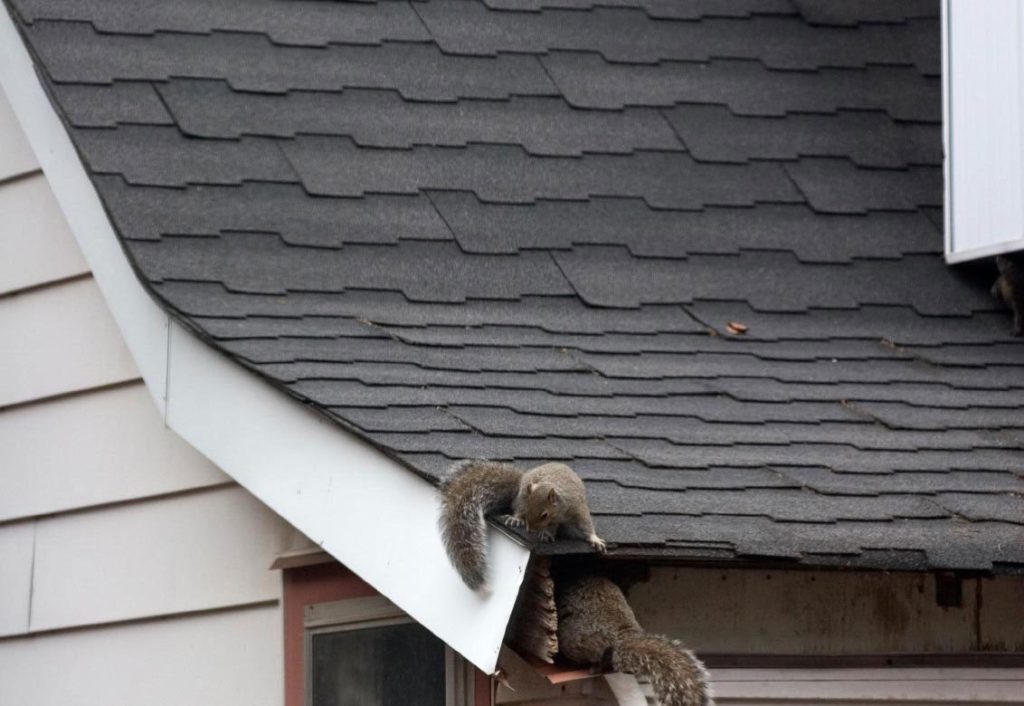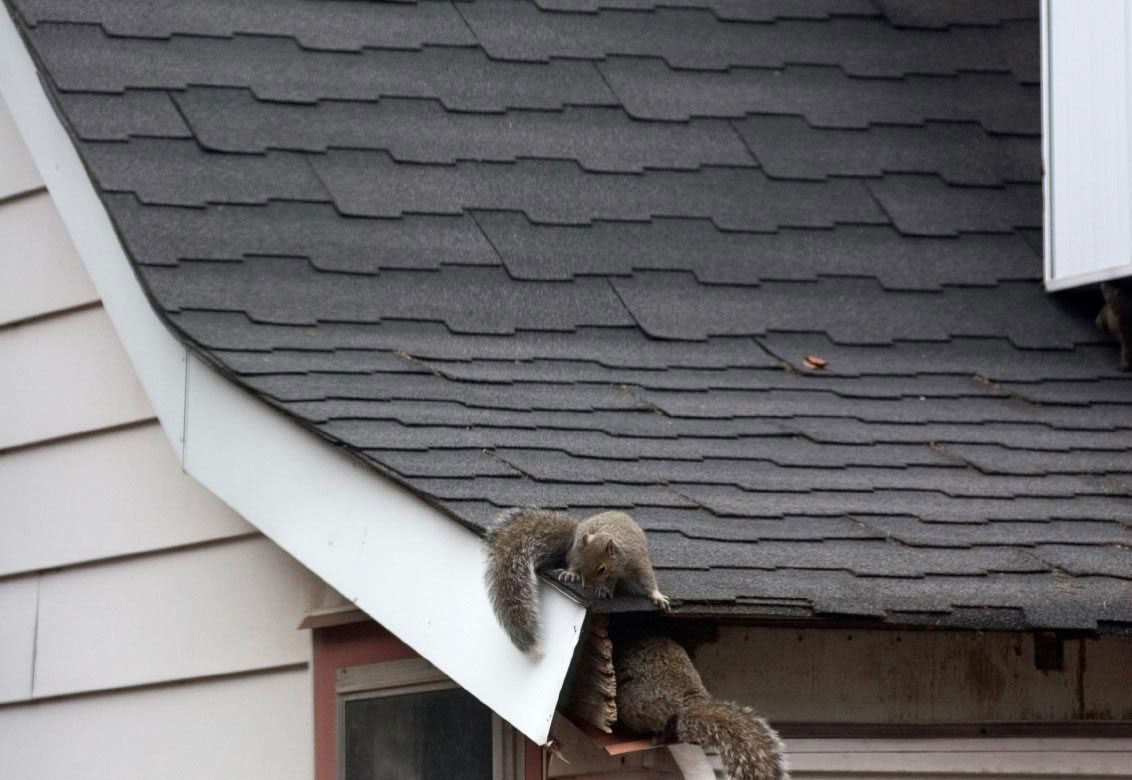Can Squirrels Come Through The Ceiling? The pitter-patter of tiny feet above your head can be an unsettling sound, especially when it’s coming from your ceiling. If you’ve ever wondered whether squirrels can make their way through your ceiling and into your home, you’re not alone. In this article, we’ll explore the curious habits of squirrels and whether they can become unwelcome guests in your living space.

Understanding Squirrels and Their Behavior
Squirrels are agile and resourceful creatures, known for their acrobatics and tree-dwelling lifestyles. They often inhabit wooded areas and urban environments, where they forage for food and build nests in trees. However, there are certain situations where squirrels may venture into places we’d rather they avoid, such as our homes.
Squirrel Infestations
Squirrels are known for their climbing and jumping abilities, which can make them seem nearly unstoppable. While they typically prefer the great outdoors, there are some instances in which they may find their way inside your home. Here are a few common scenarios that could lead to squirrel infestations:
- Roof Access: Squirrels are skilled climbers and jumpers, allowing them to access your roof easily. From there, they may search for potential entry points, including vents, gaps, or damaged areas, which can lead them into your attic or ceiling.
- Nesting Sites: Squirrels are always on the lookout for suitable nesting sites. Attics and ceiling voids offer protection from the elements and potential predators, making them attractive options for squirrels seeking a place to build a nest.
- Food Sources: If you store food in areas accessible to squirrels, like the attic or garage, they may be drawn to your living space in search of nourishment.
Signs of Squirrel Presence
If you suspect squirrels have infiltrated your home, there are several signs to watch for:
- Scratching Sounds: Squirrels are active creatures, and you may hear them moving around in your ceiling or attic. The sounds can include scratching, scurrying, and even vocalizations.
- Droppings: Squirrel droppings may be present in areas they frequent. These droppings are typically small and oblong in shape.
- Damage: Squirrels may gnaw on wood, electrical wiring, and other materials, which can result in visible damage in your attic or ceiling.
- Nesting Materials: If you find leaves, twigs, and other nesting materials in your attic or ceiling, it’s a sign that squirrels have made themselves at home.
Preventing Squirrel Intrusions
To keep squirrels from entering your home through the ceiling, consider the following preventive measures:
- Seal Entry Points: Inspect your home for potential entry points and seal any gaps or holes in your roof, eaves, and attic.
- Trim Overhanging Branches: If you have trees near your home, trim branches that provide easy access to your roof.
- Secure Food Sources: Store food securely and avoid leaving pet food outside, as this can attract squirrels.
- Use Deterrents: Use squirrel deterrents like motion-activated lights, noise devices, or predator decoys near vulnerable home areas.
- Regular Maintenance: Regular home maintenance keeps your roof and attic in good condition, reducing squirrel entry chances.
Dealing with Squirrel Infestations
If squirrels have already infiltrated your home, it’s best to seek professional help. Squirrel removal can be challenging, and there are legal and ethical considerations to take into account. Professionals have the expertise and equipment to safely and humanely remove squirrels from your home.
Read too: What Causes Water Stains On Ceiling
Conclusion
While squirrels possess skills in climbing and jumping, they can potentially infiltrate your home through your ceiling. Understanding squirrel signs and taking preventive measures is crucial to keep them out of your living space. If you suspect a squirrel infestation, it’s best to consult with a professional to ensure safe and effective removal.
